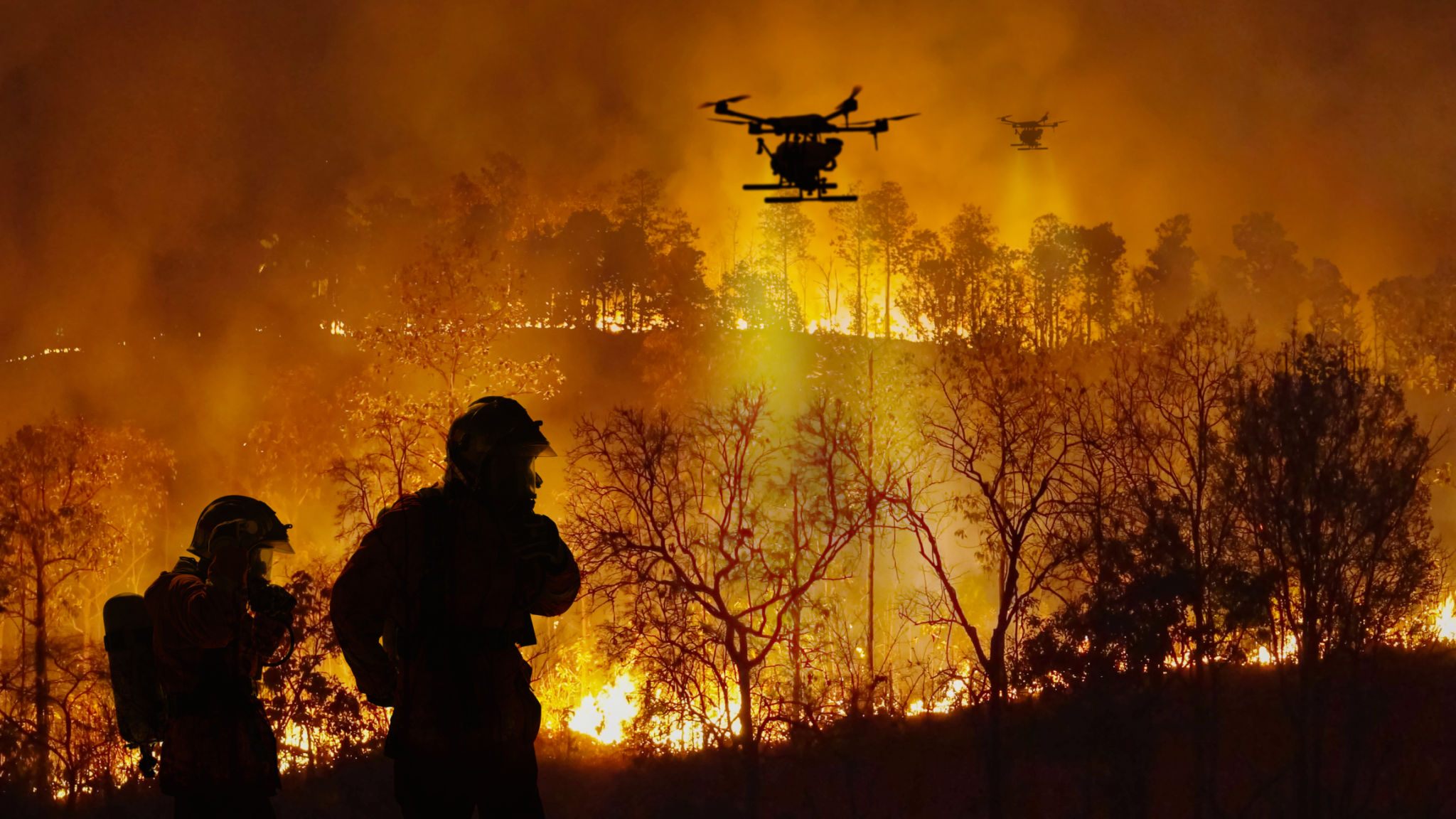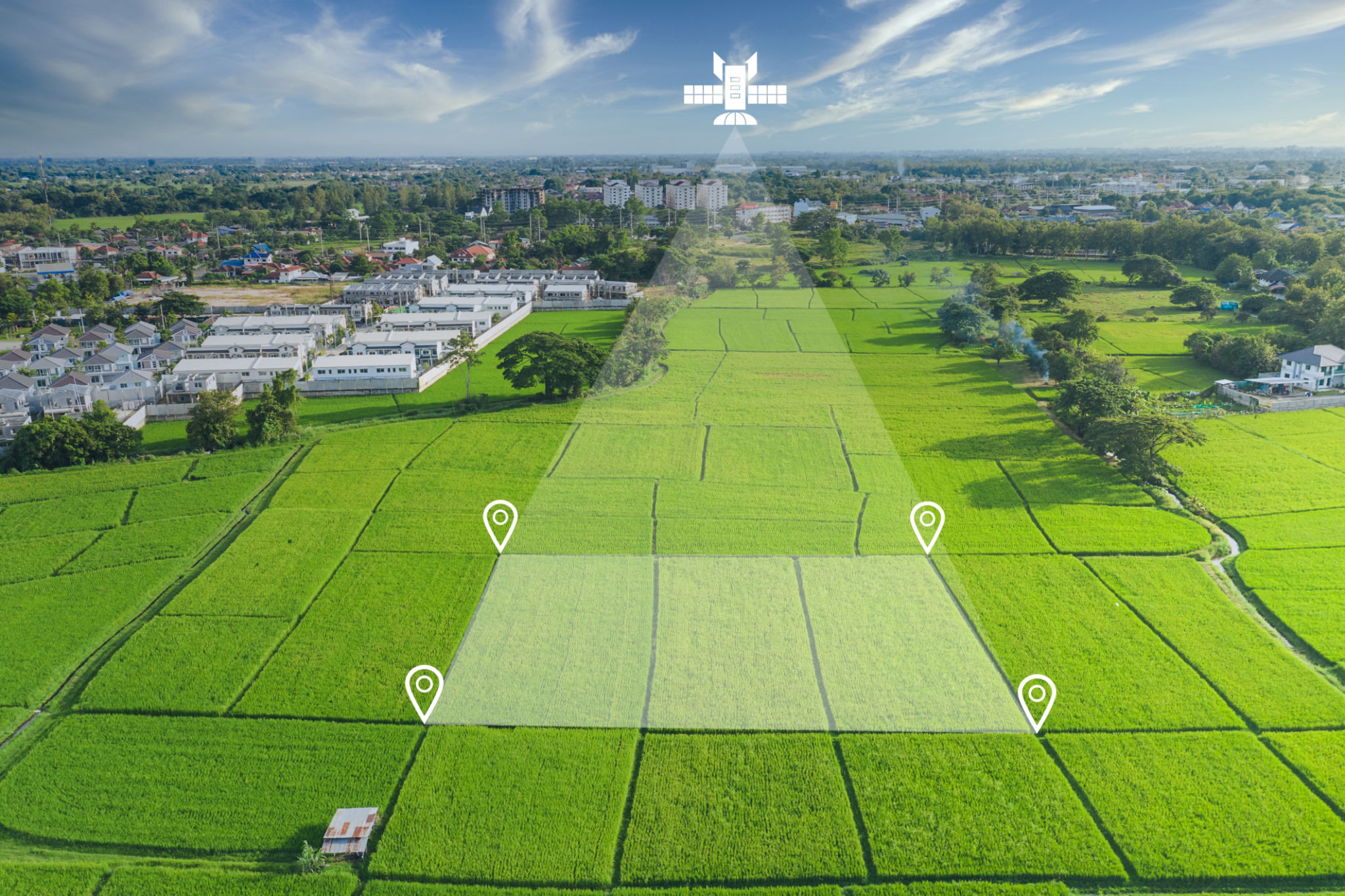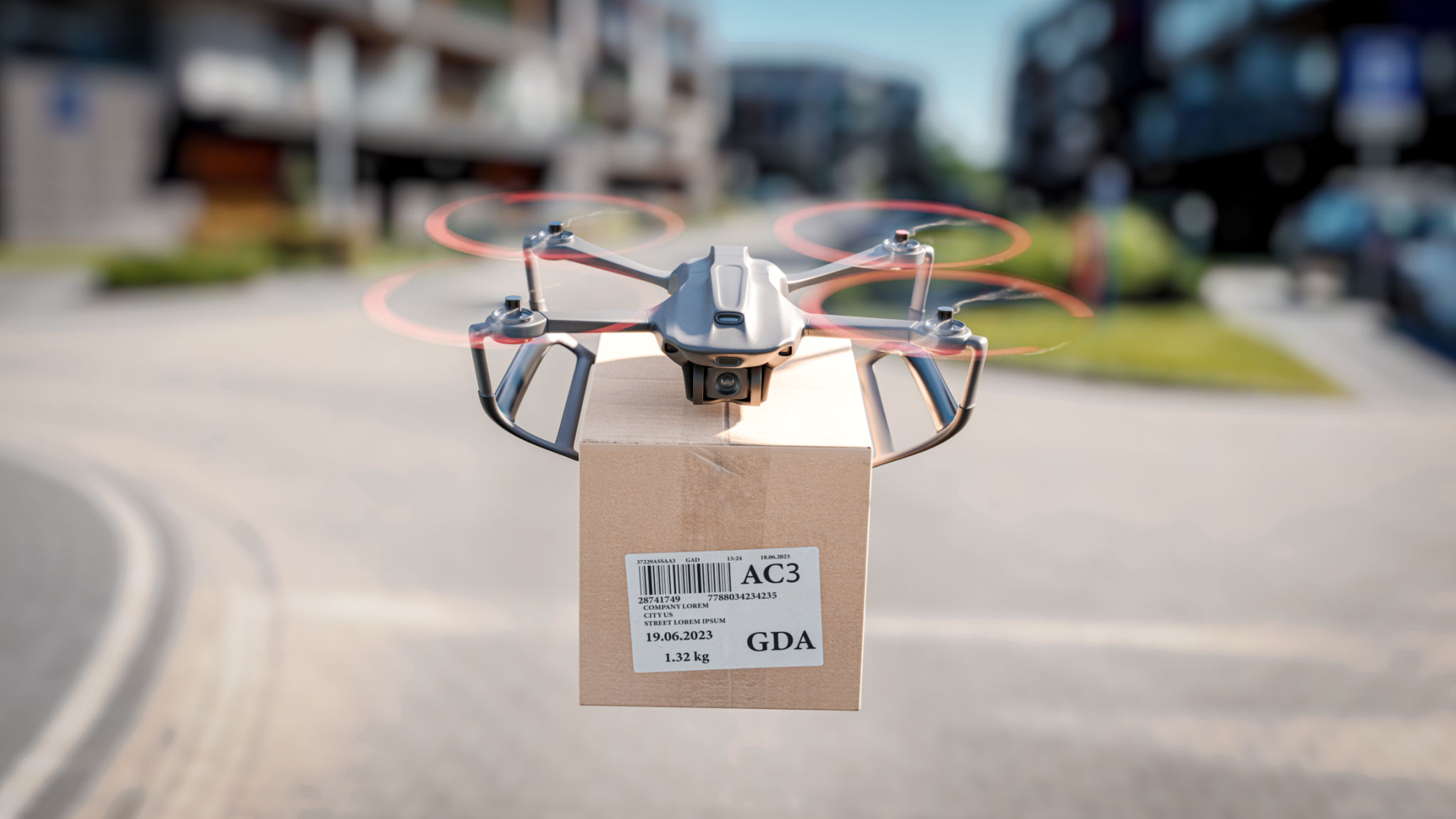Understanding Drone Filming Regulations in the UK: What You Need to Know
Introduction to Drone Filming Regulations
Drone technology has revolutionized the way we capture images and video footage, offering stunning aerial perspectives that were once only possible through expensive helicopter rides. However, with the increasing accessibility and usage of drones, understanding the regulations governing their use has become crucial, especially in the UK. Whether you're a hobbyist or a professional filmmaker, staying informed about these rules will ensure you're flying safely and legally.

Key Regulatory Bodies
The Civil Aviation Authority (CAA) is the primary body regulating drone use in the UK. They have set forth guidelines and requirements that all drone operators must follow. The regulations are primarily focused on ensuring public safety and protecting privacy.
Additionally, the European Union Aviation Safety Agency (EASA) also plays a role in shaping regulations, particularly for commercial drone operations. Understanding the interplay between these bodies can help operators navigate the legal landscape more effectively.
Registration and Licensing
Anyone operating a drone weighing over 250 grams must register with the CAA. This requirement applies to both recreational and commercial users. The registration process involves obtaining an Operator ID and a Flyer ID, which must be renewed annually.
For commercial operators, obtaining an Operational Authorization from the CAA is essential. This involves demonstrating competence through training and passing an examination. The authorization is crucial for those looking to use drones for business purposes.

Understanding Flight Restrictions
Drone operators must be aware of flight restrictions to avoid fines and potential legal consequences. Key restrictions include:
- Maintaining a line of sight at all times.
- Not flying above 400 feet (120 meters) to reduce the risk of collision with manned aircraft.
- Staying at least 50 meters away from people, vehicles, and buildings not under the operator’s control.
- Avoiding no-fly zones, such as airports and military bases.
Privacy Considerations
Drones equipped with cameras can inadvertently breach privacy laws. Operators should be mindful of where they are filming and ensure they are not capturing images or video without consent, especially in private areas. Following the guidelines provided by the Information Commissioner's Office (ICO) can help avoid potential privacy violations.

Tips for Safe and Legal Flying
Ensuring safety while flying drones is paramount. Here are some tips to keep in mind:
- Conduct a pre-flight checklist to ensure everything is in working order.
- Stay informed about weather conditions to avoid unstable flying conditions.
- Keep your drone within sight and avoid flying over crowds or congested areas.
- Regularly update your drone’s software and firmware to comply with regulatory changes.
Staying Updated with Regulations
The regulatory landscape for drones is continually evolving. Operators should regularly check for updates from both the CAA and EASA to remain compliant. Engaging with online communities and forums can also provide valuable insights and updates from fellow drone enthusiasts and professionals.

Conclusion
Navigating drone filming regulations in the UK may seem daunting at first, but understanding the basic rules and staying informed can ensure a smooth and legal flying experience. Whether you're capturing breathtaking landscapes or conducting commercial operations, adhering to these guidelines will help you make the most of your drone while keeping safety and legality at the forefront.
